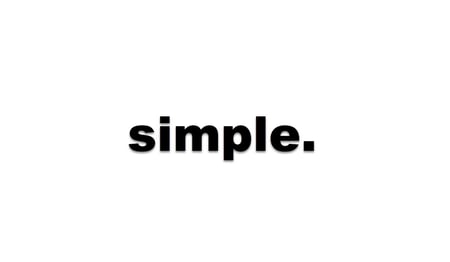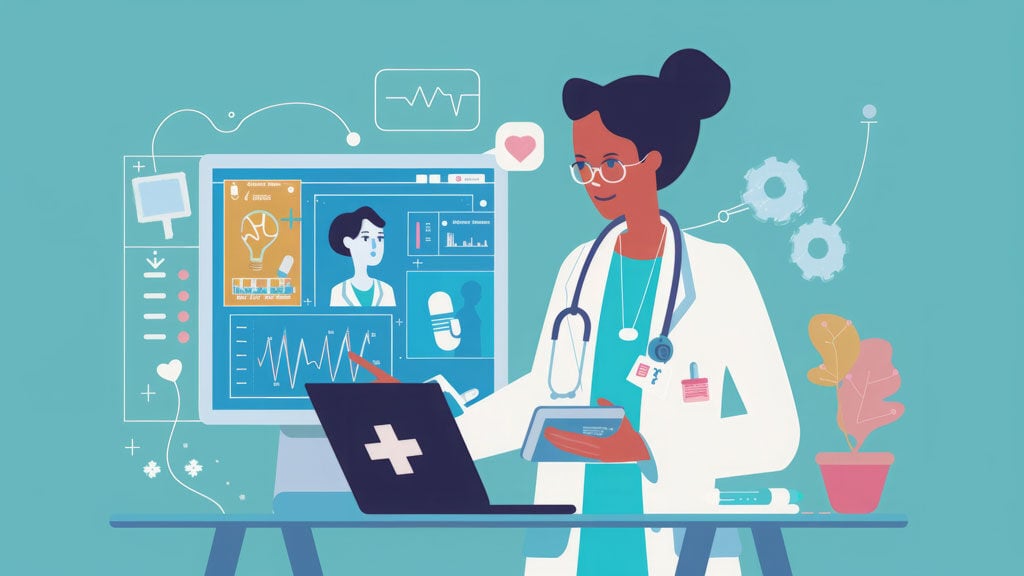The adage that if you can’t explain it simply, you don’t understand it well enough, rings true especially when it comes to the complexity of the solutions we represent. Throughout our website we mention:
- “Our experience working on complex, expansive projects”
- "That we are an experienced integrator of complex hospital hardware and software systems."
- "We take pride supporting 24/7/365 over 400 complex systems."
 In this blog I promise to simplify and define what’s complex. Before I begin, I want to define what a complex system means. It is not simply about teamwork between IMS and your hospital. Nor is it simply about the hundreds of successful installations IMS has completed or the 24/7/365 support that we offer. My goal is to focus on Real Time Locating Systems (RTLS) and explain why these systems get so complex.
In this blog I promise to simplify and define what’s complex. Before I begin, I want to define what a complex system means. It is not simply about teamwork between IMS and your hospital. Nor is it simply about the hundreds of successful installations IMS has completed or the 24/7/365 support that we offer. My goal is to focus on Real Time Locating Systems (RTLS) and explain why these systems get so complex.
In the last few years, many vendors have joined the RTLS market, and new vendors are being added all the time. Everyone claims "they can do it all." This is where we will begin because "doing it all” gets complicated, and to do it right you should be armed with information. Information that begins by asking questions:
- Does the RTLS vendor specialize in the healthcare market, or does it specialize in something else such as the industrial or manufacturing markets? This matters because you want a company that understands the healthcare environment and niches.
- Are you looking for a passive or active technology? Passive tags “activate” and report their position when they pass through select locations with an RF field. Active tags (such as those we recommend for asset tracking) transmit their location every second while moving, so they are always reporting their location to the software application.
- Are you looking for a point or enterprise solution? A point solution is a system that is housed within a single department or a single use case that is deployed throughout an entire hospital. An enterprise solution is purchased at the corporate level, is installed within all the facilities under the corporate ecosystem, and often involves more than one use case.
Once you know the answers to the above questions, next is understanding the specific goals you want to achieve. These goals should be the cornerstone of the system and everything should point towards achieving them. Beware, this is where things get complex because to achieve your goals, vendors will start talking about the pieces and parts of an RTLS system. So let's simplify the pieces and parts.
All RTLS pieces and parts fall into one of three categories: hardware (infrastructure), software (user interface) and accessories (tags & badges). Each one of these categories has its own required expertise and its own set of criteria. Some vendors may only have expertise in one particular category such as hardware or software, but others, such as IMS, can represent all three categories. Understanding how a proper combination of these three RTLS categories can help you achieve your goals.
The final puzzle piece is which network will the RTLS be dependent on. What’s your hospital network: Cisco, Ariba, Extreme, Wi-Fi or something else? Is the network location grade? This is just the tip of the connectivity iceberg. At the expense of sounding repetitive, it all depends on your goals.
At IMS, we ask a lot of questions and request a lot of up front information because we believe designing the system before we quote it lets you know exactly what you are getting, and what it will do. We want to keep it simple for you. Within our team we all have experience and unique expertise just like your team and that's why we need a team effort to match RTLS technology to user expectations, and to "Make It All Work Together."


